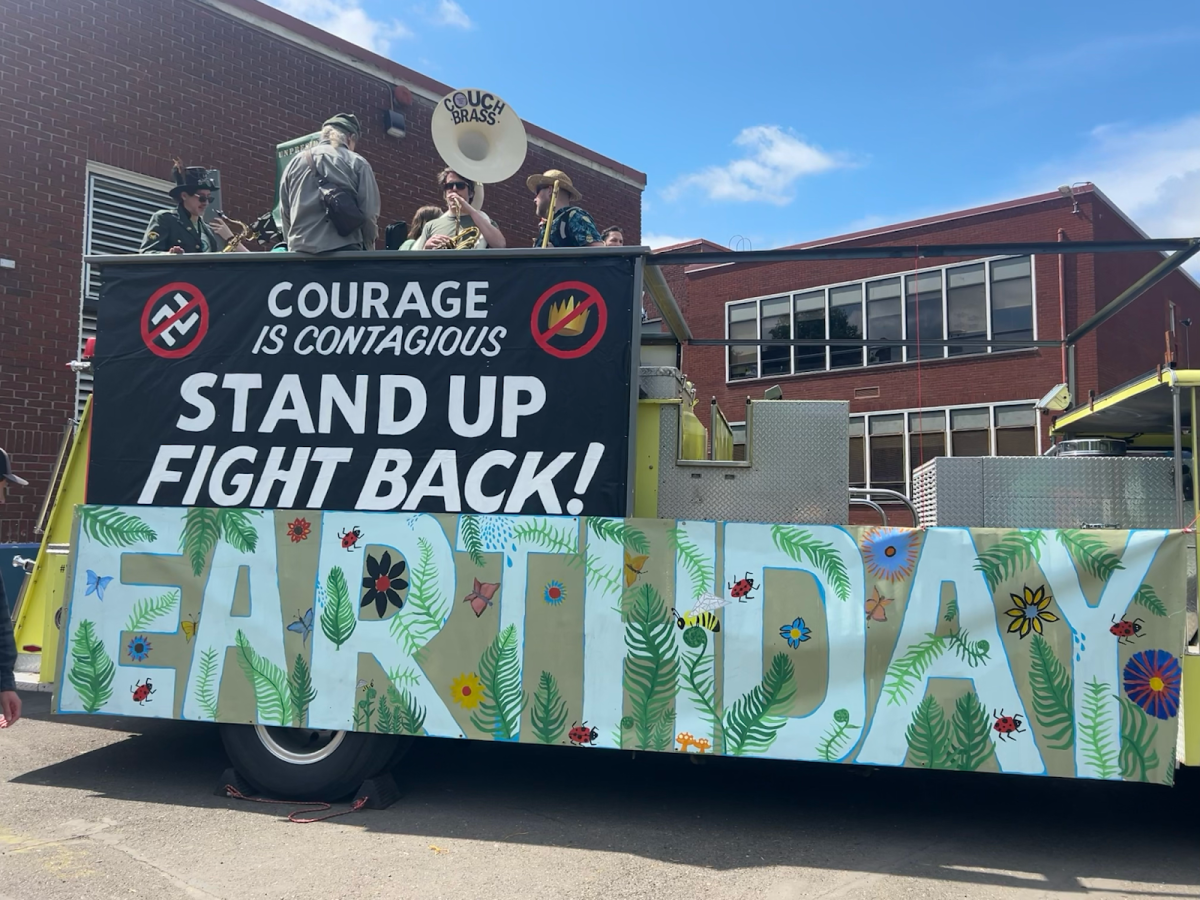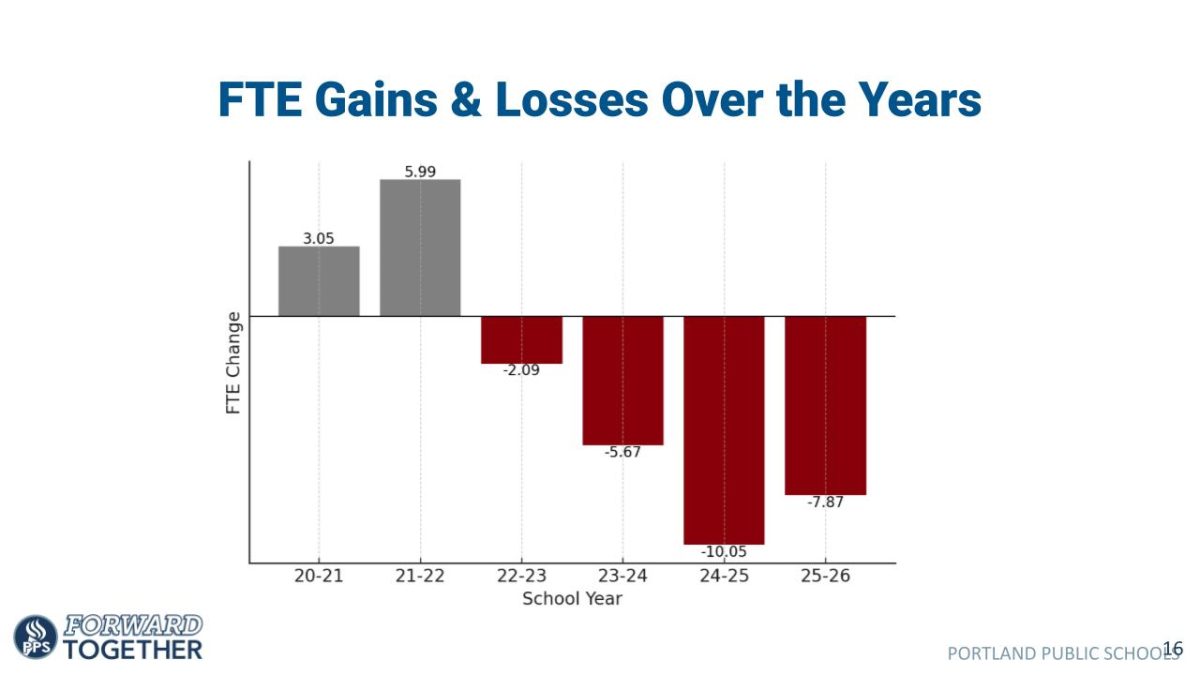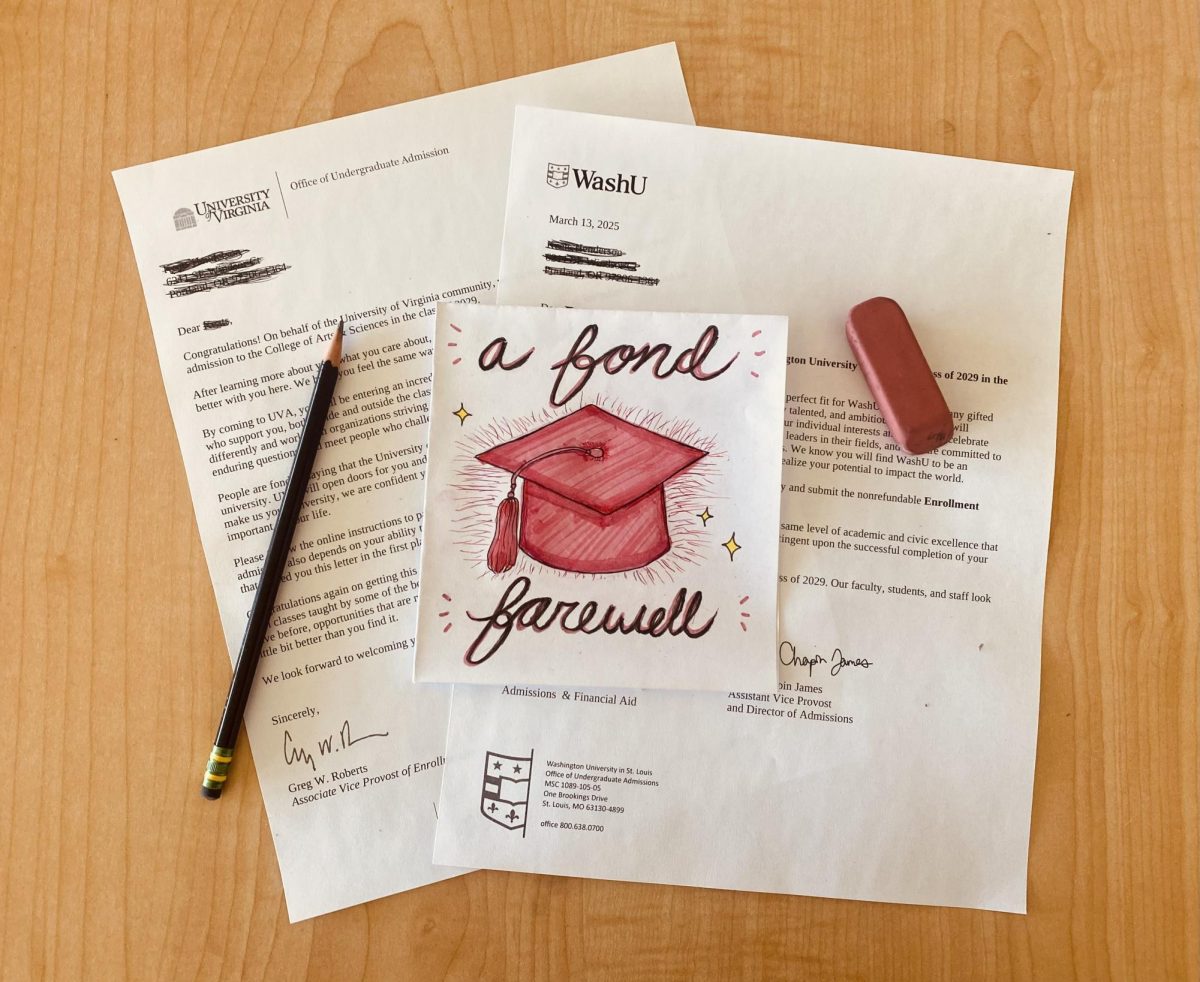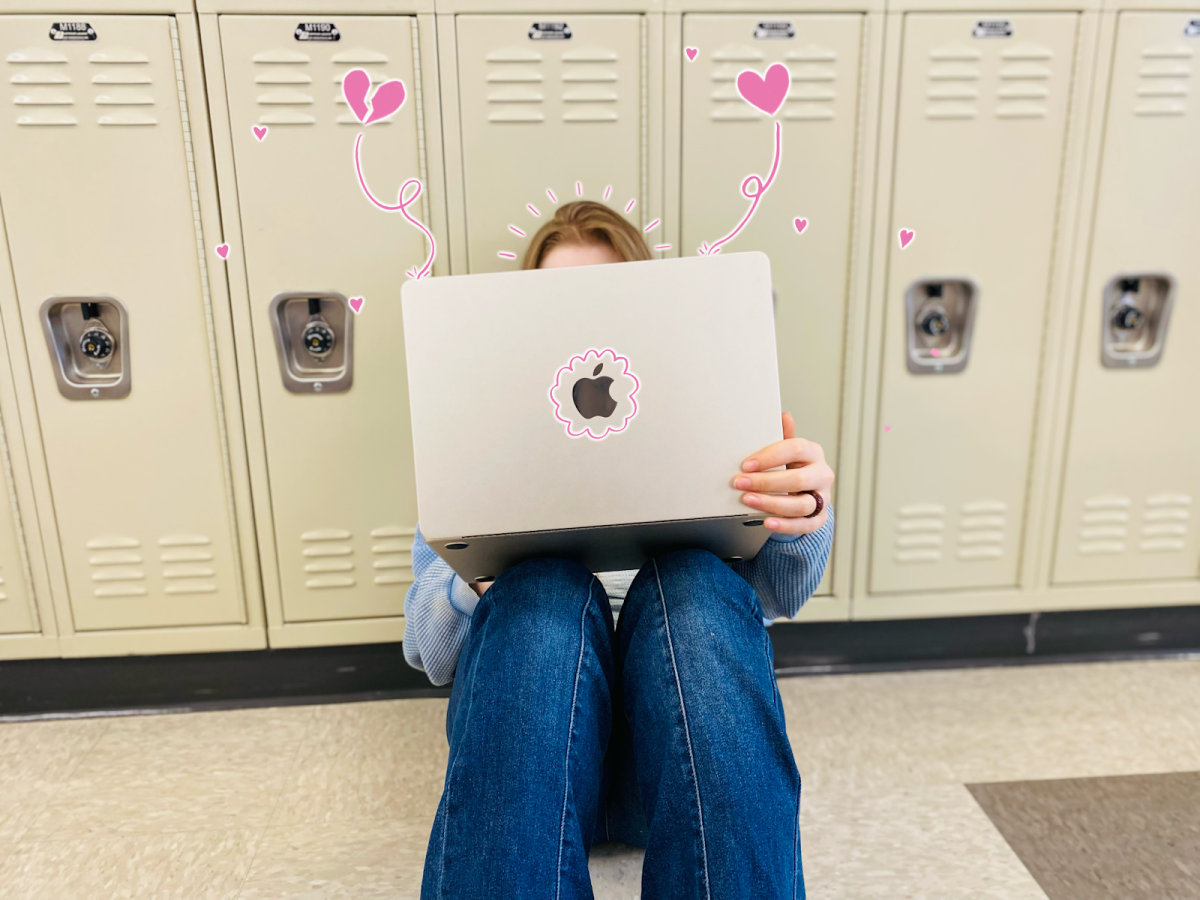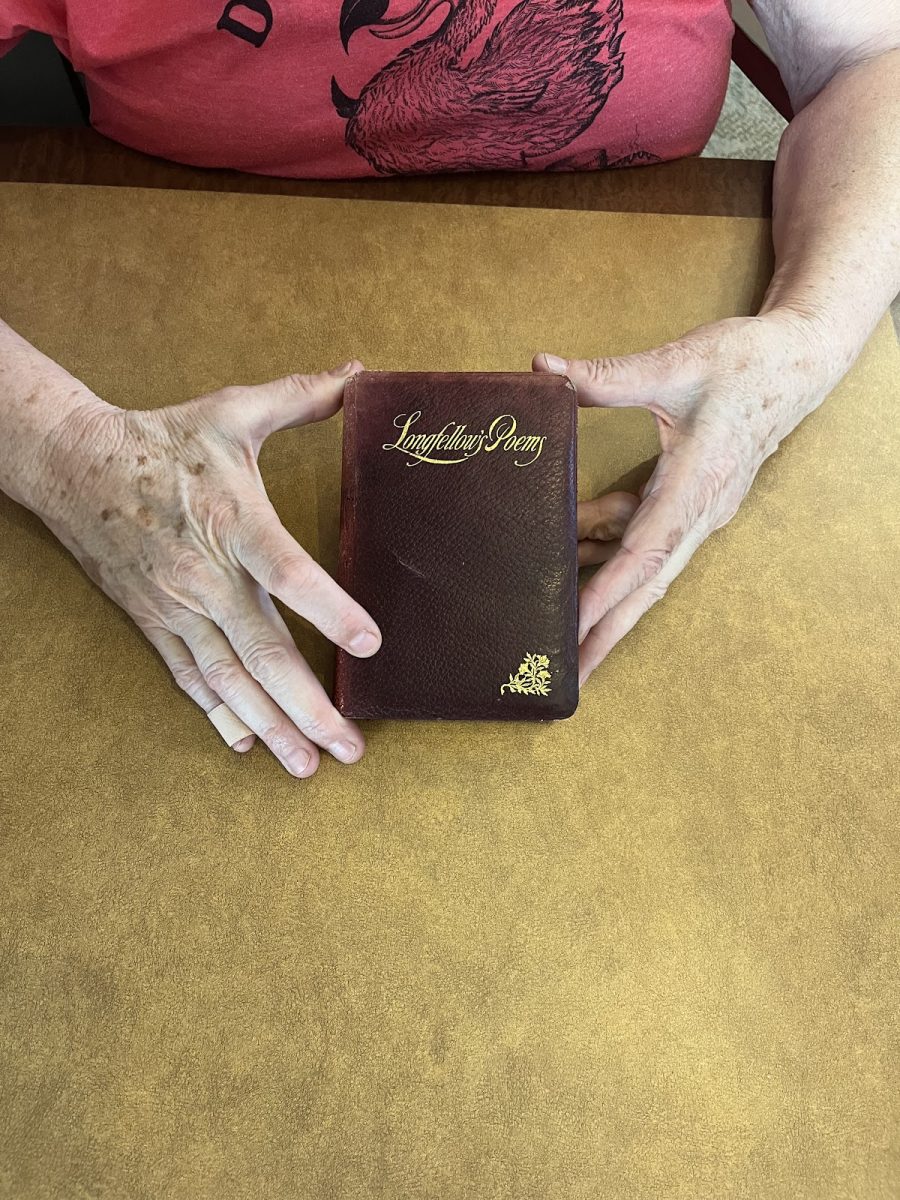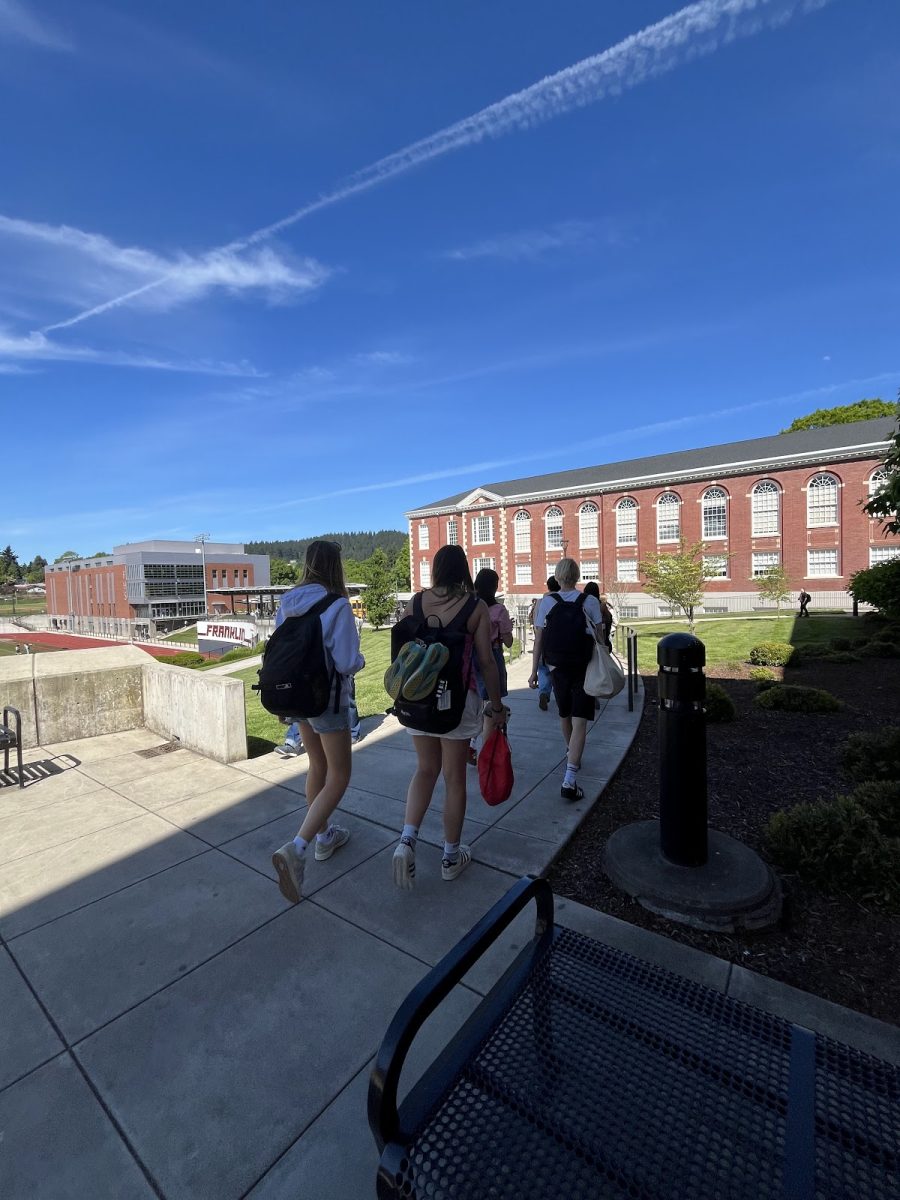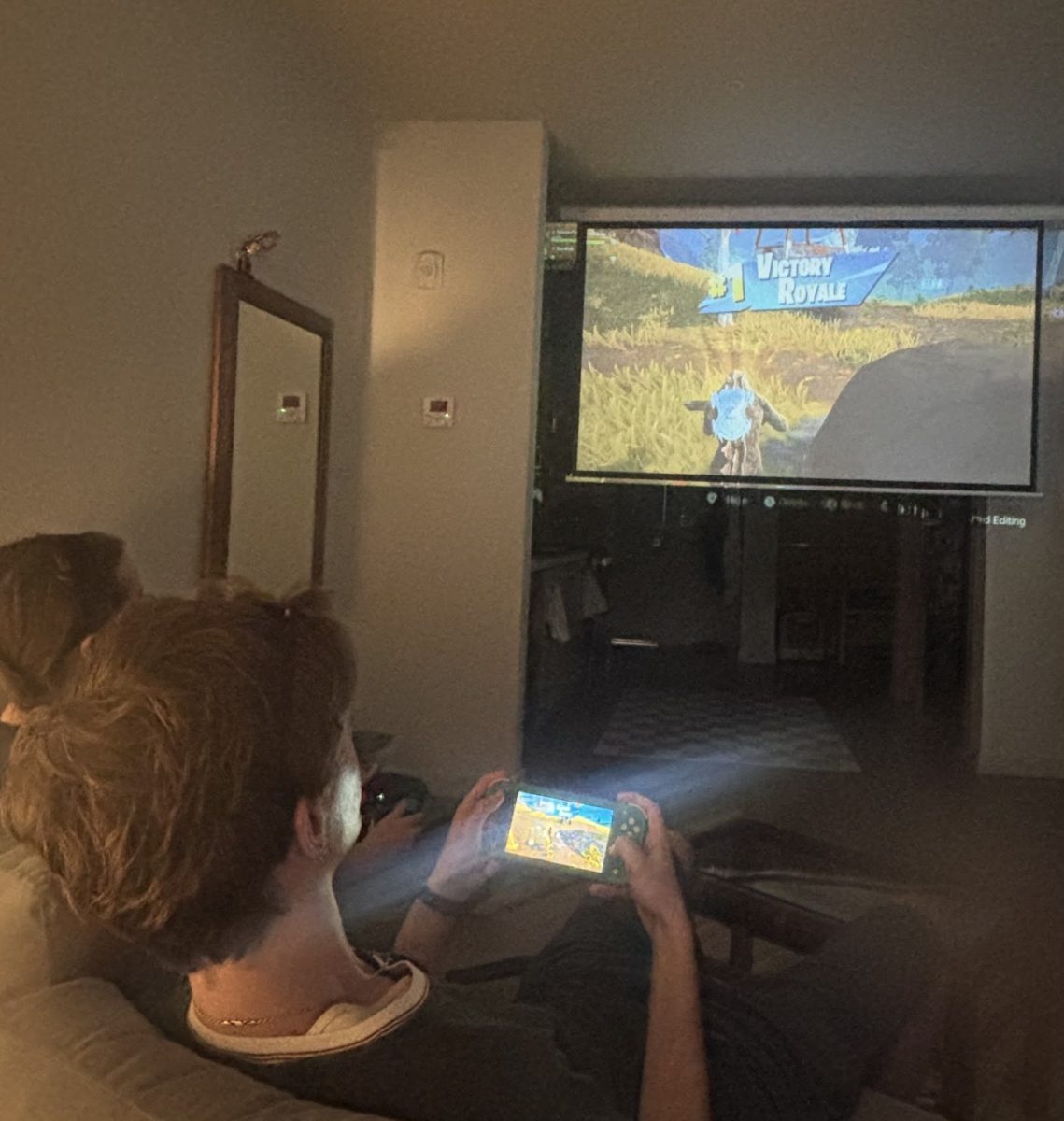
Man in black speaks into condenser microphone. Artists draw influence from all over the world with the advent of the internet.
Photo via Raw Pixels
The most visible trend in music today is the blurring of genre lines. That is, artists making music that doesn’t conform to one tradition, but instead pulling sounds and influences from a diverse array of genres and backgrounds. If asked, I would imagine most young people today could not list one specific genre that they listen to, and this is true of music consumers as well as creators. And as in so many facets of our modern world, we can look to one culprit: the omnipresent, invisible force of the internet.
The trend is evident in the music of English artist, Archy Marshall a.k.a. King Krule. Any one of his songs pulls from an almost comically diverse range of genres. His vocals have the cavernous, punky snarls last seen in the Ramones: over a trip-hop kind of beat, a lone electric guitar that breaks into a saxophone-laden interlude. Then there’s Anderson .Paak: one song of his is a raspy soulful croon over a seventies style ballad, such as The Bird andthe next: a hard-hitting verse over a g-funk beat. Now, this genre mixing can be pretentious when it’s done overtly, when the artist is clearly doing it on purpose. But, what’s being discussed here, the movement that’s taken shape in the last decade among young artists, is more so the organic outcome of listening to a broad array of music and genres.
For any music lover there’s a lot of obsessive joy in watching or reading interviews with artists and discovering where and by who they were influenced. In going back through the discographies of the artist’s inspirations, the listener can then hear the influences. With today’s music streaming, suddenly the listener is given instant access to libraries spanning entire careers. The artist making music basically has the history of popular music to draw from.
Genres came to exist the way any idea does: as the localized product of people coming together in a place and aggregating sounds and styles. To understand the concept of genre, we have to look at how one emerges. Where and how do they start? Most often it is geographical. An artists or group innovates: they experiment with a new sound. The surrounding community takes it in, contributes and it becomes an entity of its own. Often, it expands from that point creating a sphere of influence (SOI), the region where the musical ideas are taking shape.
An example of this is DJ Kool Herc’s experimentation with breakbeats. It was as simple as playing a dance record and rhythmically scratching on it in a handful of house parties in the South Bronx, NYC. From there, the surrounding neighborhoods soaked it up, and a distinct genre emerged, later named hip hop. The SOI expanded until all of New York City was tinkering with the new sound. From there, a needle is dropped in another city. A community adopts the sound and builds off of it. In the case of hip-hop, it was Los Angeles. A similar progression happens in the new location, and the result is innovation, leading to all kinds of new textures and approaches. In the age of the internet, communities can transplant sounds across seas, as everywhere from London to Rio have taken their own unique approaches to hip-hop. Erin Yanke, Director of Programs at KBOO Community Radio says “especially international hip-hop artists are really using a wide variety of their traditional music, the Brazilian hip-hop people incorporating traditional Brazilian music.” The internet is the marketplace for this globalization of sounds.
Often, so many layers are added, that the end product is unrecognizable from the beginning. Here, subgenres diverge into an entirely new genre. This was the evolutionary path for a lot of popular genres, but isn’t so much the case now. Why? The creative process was more localized. Artists who were experimenting and messing around lived in greater isolation. Therefore, growth of the SOI was much slower. Say a bass player living in a city creates an altogether new bass line that’s never been heard. She plays in a band, and they adopt her style. She leaves the band to play for another, and they too adopt it. Someone at their show hears the new style and incorporates it into their playing. This progression radiates outward quite slowly. That is the way I imagine it worked before. Before what? The internet of course.
Today, that same bass player creates something new, and her band takes it in. They post it to Youtube, someone from across the globe listens to it and incorporates it into their playing, circumventing like thousands of steps in the previous system. Thus, genres don’t really have time to become fully formed. What we have now is a melding of the known genres. The SOI still exists but it’s vastly larger and faster. Suddenly, anybody that has a streaming account has access to the entire world. This opens the door for music discovery on a whole new scale.
This ability to go into so many new directions when discovering music is thrilling. It drives many people’s passion for music, and it’s a product of the internet and streaming services that’s unique to our generation. Like the “crate diggers” scouring the shelves of record stores, there’s a similar joy in discovery online.
However, with the music industry becoming more and more dominated by streaming, Yanke makes a case for preserving the role of DJ: “Even though you have access to all this stuff, it’s the robot algorithm that’s really controlling you or me as a DJ, like this African song has nothing to do necessarily with this punk song from Minneapolis, but actually I know it does because Minneapolis is a hub for Somali immigrants and there is a lot of people there who grew up in refugee camps and came to America and discovered punk expression but also brought along their traditional stuff, so there’s totally a connection and a flow there that the robots would never figure out, so you still have to listen to music from humans to make those connections.”
This form of DJ occupies a sacred place among music lovers and is a huge reason stations like KBOO are able to survive. With their musical knowledge, they’re able to deftly navigate across genres and provide an experience that streaming services lack. I would argue that listeners can take streaming to an elevated, creative level if they are so impassioned. I’ll be listening to an artist I love, totally enthralled. I’ll look through their discography, saving songs along the way. Perhaps I’ll go to Youtube in search of an interview with the artist. Listening, they’ll mention an artist that inspired them. Then back to Spotify, and I’ll vibe to this new artist. Maybe this new artist has a playlist on their profile that’s full of their own tastes. Soon, I have a cache of new songs I love, which I’ll compile into a playlist.
Playlist making is an underrated art form. One can get creative with the cover photo, title, sequence, and so on. I’ve spent entire afternoons perfecting song-to-song transitions. In a way, one steps out of the role of a passive consumer and into the role of a creator. Through creating, one has more of a personal connection to the art. The grouping of songs, selected and organized with intention, can illustrate personal emotion and meaning in a way similar to writing poetry. Though you’re utilizing others’ work, the playlist becomes its own beast. When you share it with someone, it feels like sharing a part of yourself. In this manner of music consumption, genre hardly has a place.
Perhaps this is just my personal, romanticized take on streaming music, though I’ve observed my peers doing the same thing. Music industry veterans have expressed disdain for streaming, saying that it gives music listening a temporary nature, and the experience becomes less meaningful. This can be true for the passive consumer, but if one desires a deeper experience with music, there is the capacity to do so. While the experience can be lesser for some, I’d like to shine a light on a more meaningful way to navigate streaming. There’s room for creativity that’s overlooked on the side of the artist and the consumer. Artists have the capability for innovation that wasn’t there before. They’re exposed to sounds that originated all over the world, giving them new realms to draw from. Listeners can have a higher level of participation and are opened up to boundless discovery.


